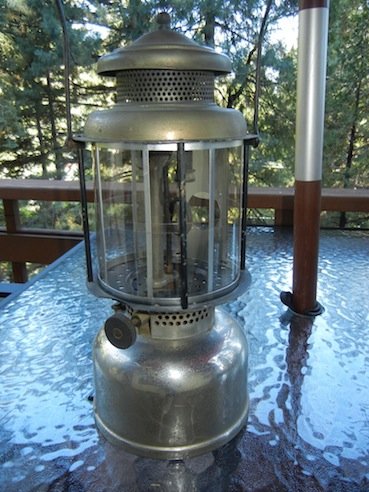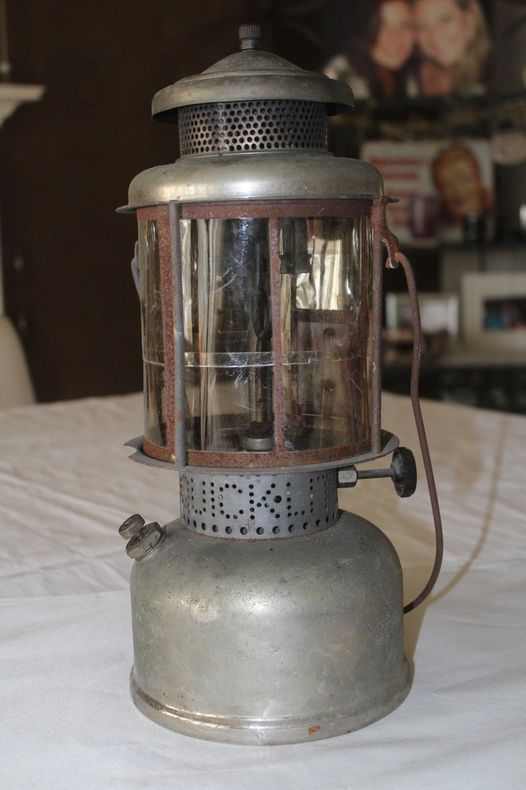Picture a family camping trip back in the late ’60s. The sun has set, and the cool night air starts to settle in. As stars appear, Dad reaches for the trusty Coleman lantern. He gives it a few pumps, ignites it, and soon, the comforting hiss and warm glow fill the campsite. This scene brings back fond memories of simpler times when camping trips meant unplugging from the hustle and truly connecting with family around a cozy campfire.
Introduced in the early 20th century, the Coleman lantern has been a reliable companion for campers, hikers, and outdoor lovers. Though its design has changed over the years, its purpose remains constant: providing dependable light for countless adventures. During the ’50s and ’60s, these lanterns were a staple of American outdoor culture, representing more than just a tool but the spirit of exploration and the allure of the great outdoors.
The original Coleman lanterns ran on white gas, or Coleman fuel, which produced a bright, steady light. These lanterns were treasured for their robustness and efficiency. For many, the soft hum and glow of a Coleman lantern evoke memories of ghost stories, family dinners, and peaceful moments under a starry sky.

In the mid-20th century, outdoor activities saw a surge in popularity. Families packed their station wagons and headed to national parks, beaches, and campsites to escape the growing urban lifestyle. The Coleman lantern became essential for these trips, lighting not just the campsite but also embodying the spirit of post-war optimism and the burgeoning middle class’s love for recreation and nature.
These lanterns were more than just practical items; they were woven into the cultural fabric of the time, symbolizing freedom, adventure, and the joy of simple, honest pleasures. As suburban life grew, so did the yearning for the open air, and the Coleman lantern was there to light the path.

The story of the Coleman lantern is a nostalgic reminder of an era when life was simpler, and weekend adventures in nature were highly anticipated. It’s a tale of innovation and tradition, where a tool your grandparents used might still guide your own journeys today.




